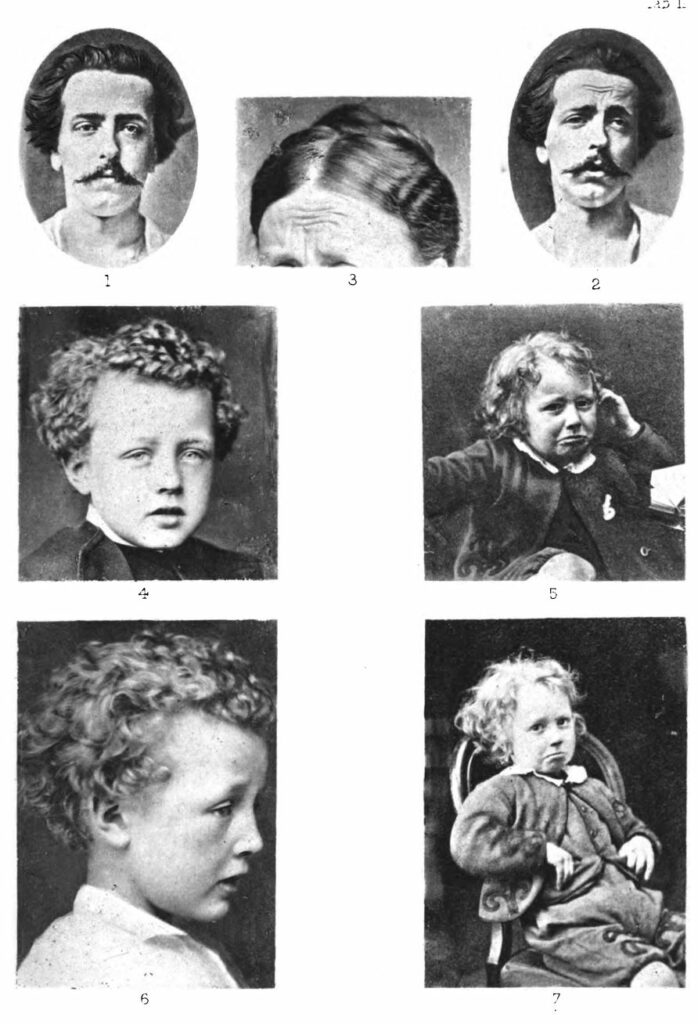
Goochy, goochy, goochy goo! Baby talk is inside us all.
The New York Times recently published a review of an interesting research program published in the journal Nature Human Behavior that demonstrates that the kind of exaggerated speech we often use when speaking to babies is cross cultural [July 24, 2022, ‘Parentese’ Is A Truly Lingua Franca, Global Study Finds.] Calling it “Parentese” presumably sounds more official than “baby talk,” but I prefer putting the emphasis on the context of the baby rather than the parent. This study demonstrates that all people speak baby talk, no matter what their language or culture.

The way we speak to babies spans language and culture. We tend to use more of a sing-song voice, contrasting high and low pitch for emphasis. High pitch attracts the infant’s attention, low pitches seem to be calming. We draw out syllables, especially for an interrogative. “Does baby like this? Does baby like THI-I-IS?” We accompany this affected manner of speech with exaggerated facial expressions, and often repeat syllables: “Ooo, yum, yum, yum!” All of this is inferred to increase the prominence of the spoken words and help the infant identify what is important, and learn. This emphasis communicates non-verbally to a baby who is pre-linguistic. We do this because they do not understand the words.
The early studies were on Indo-European languages, which are all related, so of course we find commonalities. This does not mean all humans share those particular elements of behavior. The recent study included 50,000 people from around the globe who spoke 199 languages. In playing recordings of people who were speaking or singing either to adults or infants, the listeners were about 70% accurate regarding who the intended audience was, even when they had no experience with the language or culture. This indicates that yes, baby talk is universal in some regards.

Some linguists have proposed that babies learn language faster than can be expected by learning alone, as if they are programmed to do so. The common observation is that children pick up language without actually studying it. However, I would dispute that suggestion. Every culture includes a lot of teaching on the part of the parents, talking to the baby in this peculiar way as they feed the baby, dress the baby, wash the baby, play with the baby, or show off the baby to friends and relatives. Every interaction is a language drill, and of course the baby has very little else to pay attention to, so we can assume that the baby is trying to figure out what all this means. I believe babies are awash in lessons, and parents often do not even recognize they are teaching. So, are we programmed to voice the non-verbal elements of baby talk, and babies are programmed to listen to it?

The field of non-verbal communication is rich and has a long pedigree. Charles Darwin published in 1872 The Expression of the Emotions in Man and Animals, another major contribution to biology. The first 100 or so pages are devoted largely to animals. Readers need not be lectured on how a snarling dog resembles an angry man, with teeth bared, eyes narrowed, and so forth. What is more interesting is how Darwin carefully describes the non-verbal communication of emotions in humans later in the book.
Darwin groups at least 37 emotions of similar expressive nature under chapter headings such as “Joy, High Spirits, Love, Tender Feelings, Devotion,” versus “Hatred and Anger,” versus “Self-Attention, Shame, Shyness, Modesty: Blushing.” He describes in detail exactly what muscles and features draw the face to a distinctive and communicative pose, all of which may be subconscious to the person being observed. He also highlights aspects that we may not recognize consciously, but are part of the signal. For helplessness, the motion of the shoulders and arms in a shrug communicate loud enough, but are we aware that, in general, people also lift their eyebrows and open their mouths? Darwin did not make many cross-cultural analyses, but for these basic emotions I think we all know their loose generality.

Animals and humans communicate non-verbally with certain programmed expressions and motions. I guess we have finally learned that baby-talk is included among these programs. Natural selection has found a way to accelerate language acquisition through baby talk.
